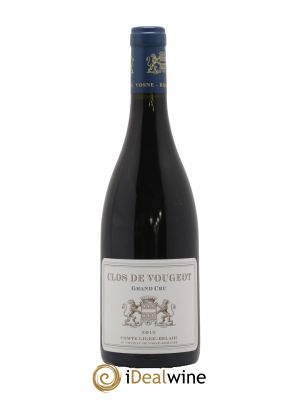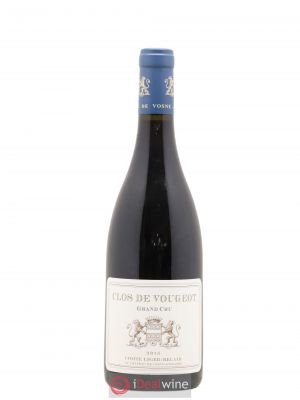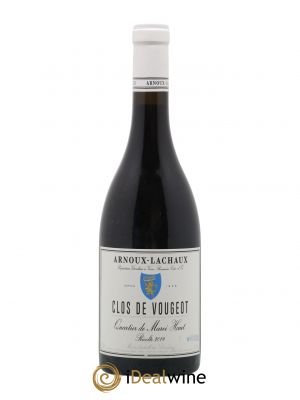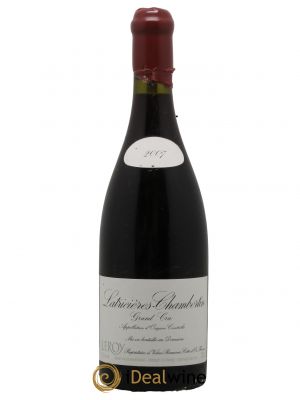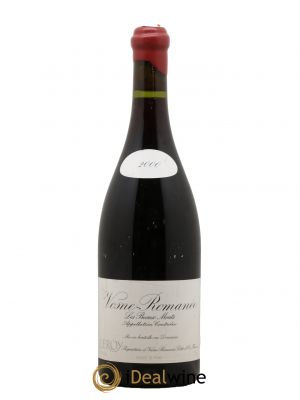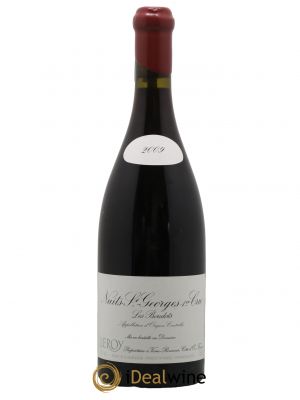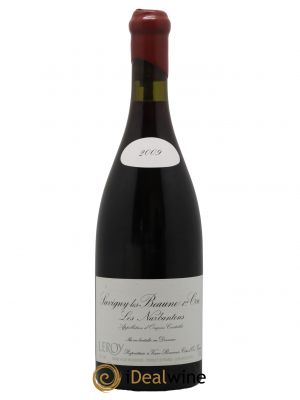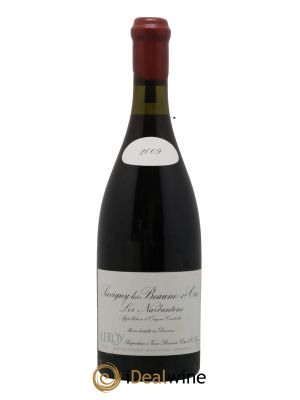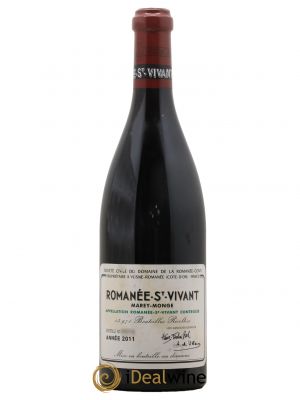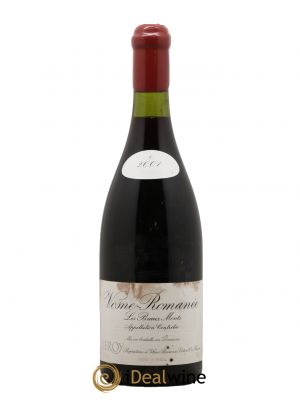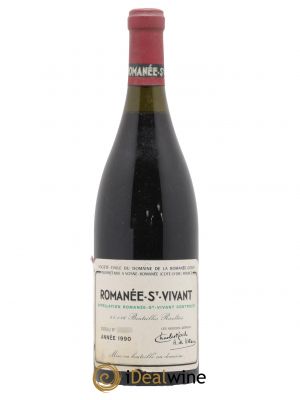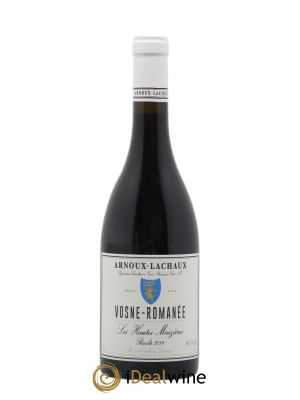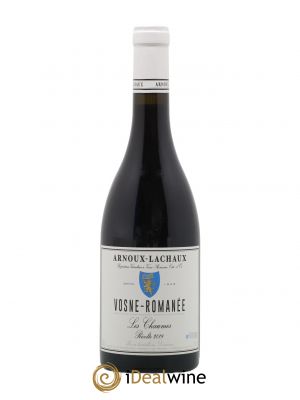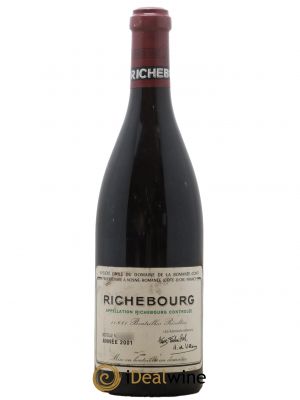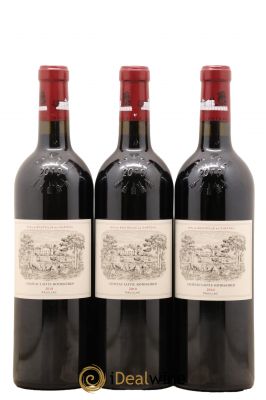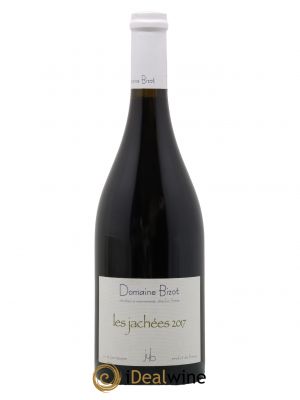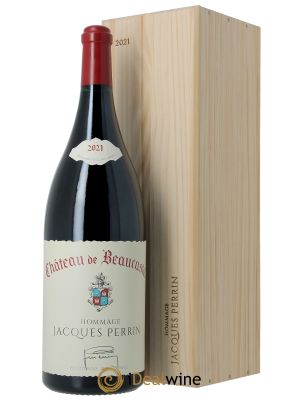

Organic, biodynamic, and natural wines
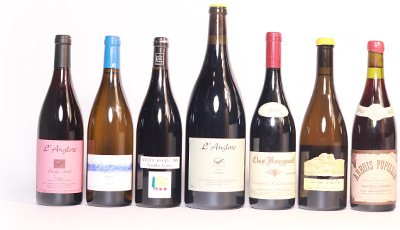
As wine is derived from a plant, the agricultural methods practised in order to make it are as varied as for any other such product. In conventional viticulture, synthetic pesticides are used as well as crop protection agents. In organic viticulture no synthetic pesticides are used, a method that involves only natural products. Biodynamic viticulture has a lot in common with organic growing, except there is an additional holistic element to it with a whole framework of experimental practices.
For around twenty years now, conventional methods have been questioned by both consumers and producers themselves due to the widespread use of crop protection products and pesticides. What we can observe at the moment is the progressive evolution of an entire system of production, an evolution that has very much taken the wine industry along with it. Processes are becoming “cleaner”, with sustainable, organic, biodynamic, and natural approaches to both growing and vinification. Some domains have been doing this for a long time, but momentum has picked up since the end of the 2000s, turning what was relatively niche into a flourishing movement.
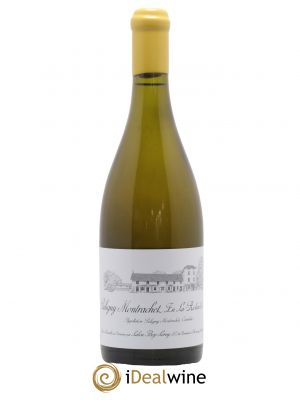
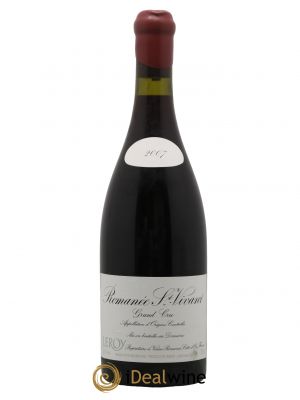
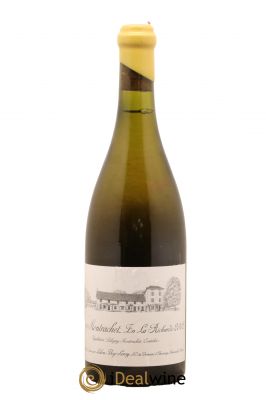
Whilst the modernisation of agriculture and the generalisation of crop protection at the beginning of the 20th century led to clear progress in terms of productivity and quality, critics were quick to speak up. As the 1900s steamed ahead, thinkers, doctors, farmers, and citizens sought out alternative production methods, looking to more traditional processes with less additives. Having observed and credited ancient Indian agricultural practices, the English botanist Albert Howard proposed a model based on soil preservation and eco-system interactions. He would go on to inspire the organic movement. At around the same time in the 1920s, the Austrian philosopher Rudolf Steiner gave a series of conferences in Poland that opened the way for biodynamics. As you can imagine, these movements were rather marginal to begin with.
Alternative farming methods were developed slowly, as consumer demand and legislation evolved over time. Starting out as community initiatives, these movements became gradually more organised until they were made official and enshrined in law. MEASUREMENTS- whole organic farming land or just vineyards?
